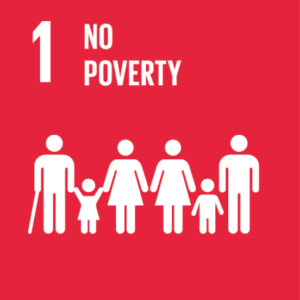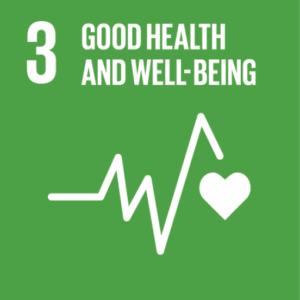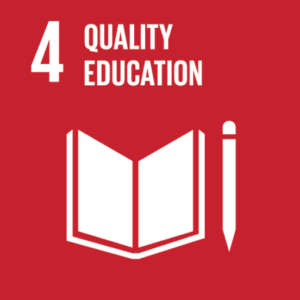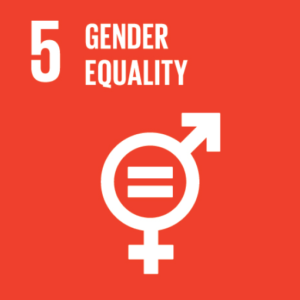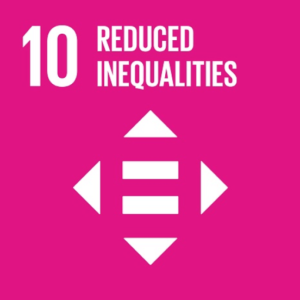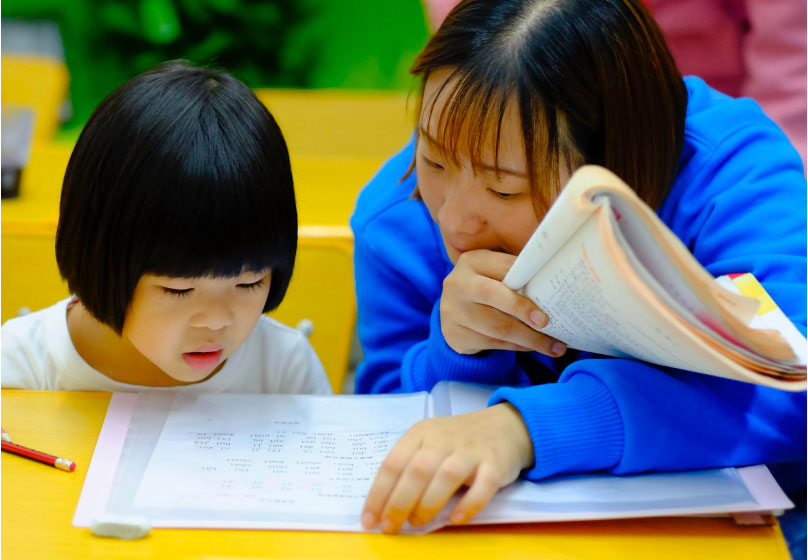

Bright Classrooms
Background issues
There are 2.5 billion people living with myopia (short-sightedness) globally, and this figure is set to increase to 4.75 billion by 2050. The global myopia epidemic is an unprecedented crisis in vision which, if unaddressed, will harm the health and economic well-being of billions in the years ahead. Children are particularly at risk from developing myopia, as it affects their ability to learn and can lead to them developing eye diseases later in life. New evidence suggests that exposure to sunlight can slow the development of myopia in children but finding ways to expose children to enough sunlight during school hours has proven challenging. Clearly, novel strategies are needed to increase children’s exposure to sunlight.
Trial design
We are building eight ‘Bright Classrooms’ (classrooms incorporating light-diffusing ceilings and walls) and retrofitting forty classrooms with high powered LED lighting that simulates natural daylight. The trial is a cluster-randomised, investigator-masked, controlled trial. 3,200 children will be randomly assigned to receive their schooling in traditional classrooms, or one of the classrooms with enhanced lighting.
Outcomes
Three-year cumulative incidence of myopia in the intervention and control groups.
A successful trial outcome will provide evidence to support a wide variety of low-cost classroom retrofits and new build designs to compact the myopia epidemic. Bright Classrooms would benefit the research of myopia treatments globally, whilst a positive result from the trial would benefit several groups, including the children and their families.
Timeline
36 months, with primary and secondary outcomes collected every 12 months.
ClinicalTrials.gov Identifier: NCT05156190
